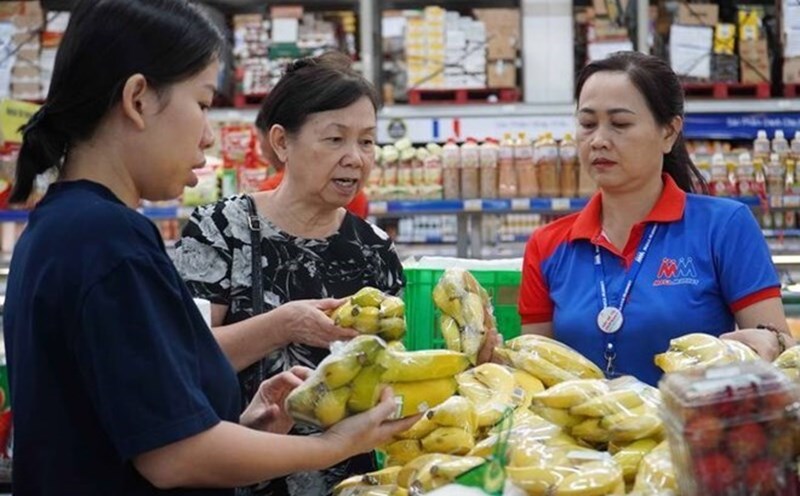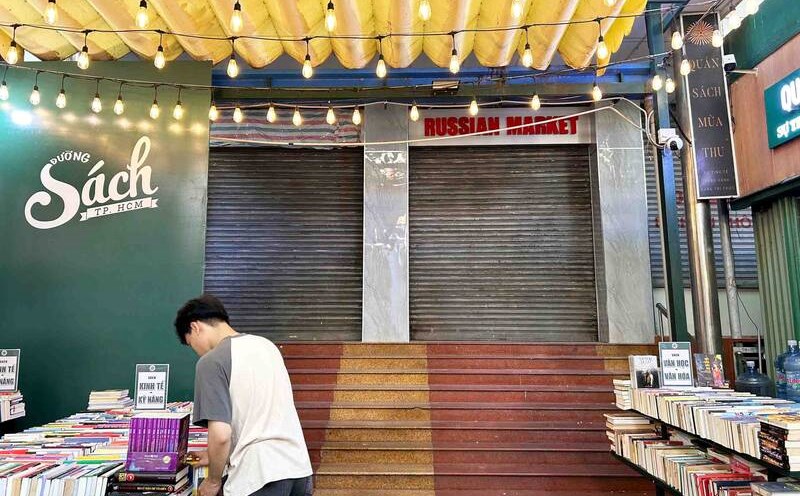Workers' meals are served with silver Ham
Consecutive storms and floods in late September and early October caused severe damage to many vegetable growing areas in the North. Flooding with green vegetables and scarce supply have caused food prices to escalate rapidly.
In industrial parks, where there are many workers, food prices have increased 2-3 times, causing many working families to cut their portion sizes.
Ms. Nguyen Thi Huong is a worker at a company in Thang Long Industrial Park. Since the storm and flood, the price of food has increased 2-3 times compared to normal days, directly affecting her family's meals.
"After the two recent floods, the price has really increased rapidly, the price of vegetables that people normally buy at 5 thousand VND per hour has increased to 10, even 15 - 20 thousand VND. Not only vegetables, meat and food have increased, but workers' salaries are limited, and high prices directly affect my family's daily life," Ms. Huong shared.
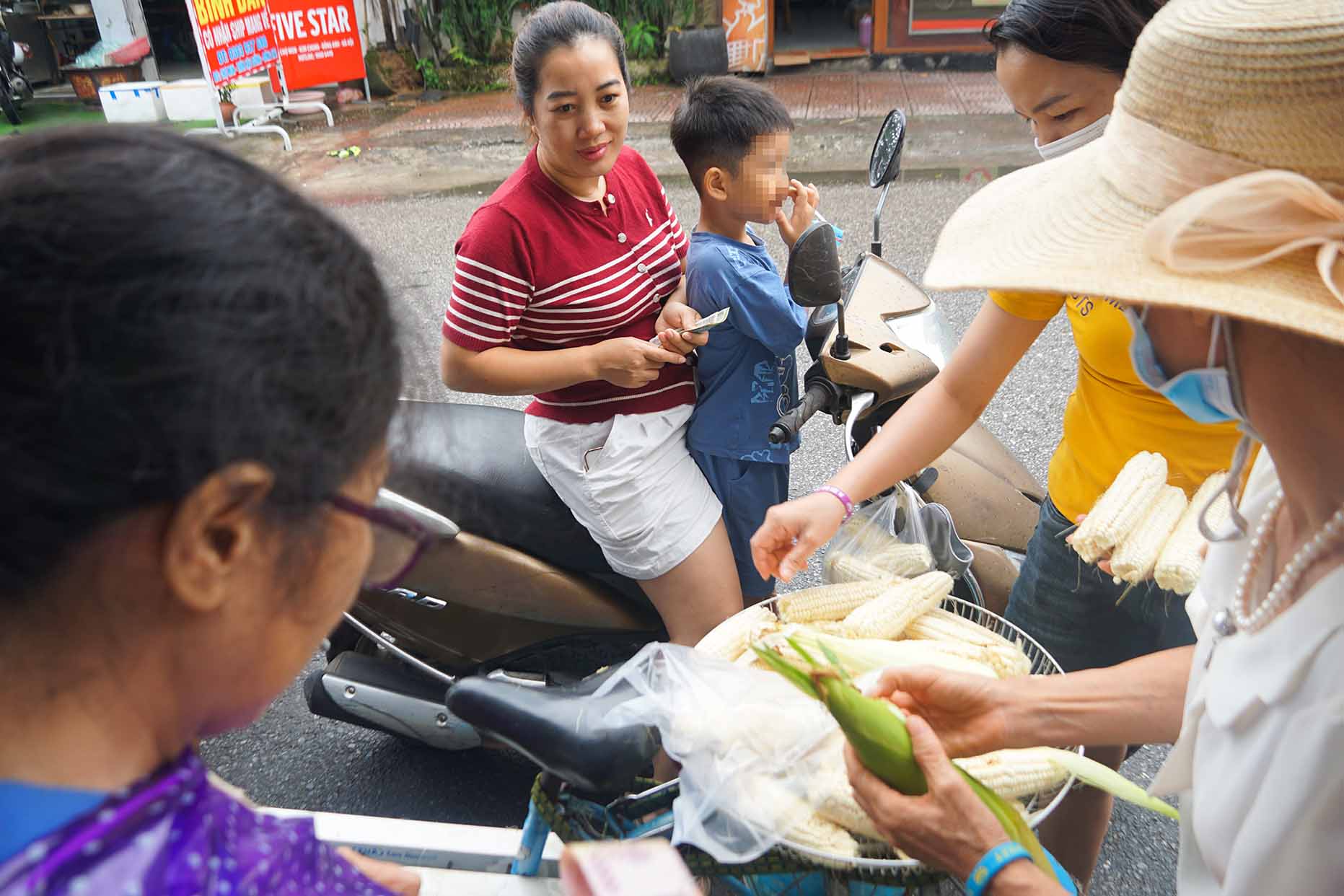
Low wages, while rental prices and electricity and water have also increased, causing many workers' families to have to wear straps. Ms. Bui Ngoc Anh, a worker in Pho Noi Industrial Park (Hung Yen), said that the total income of the couple is about 18 million VND/month, but most of it is spent on sending home to raise young children and pay living expenses.
"Previously, you could buy more fruits or fish meat as reserves, now you have to calculate each penny carefully. Just going to the market to buy a few simple dishes costs more than 100,000 VND. The extra overtime pay is a little more but still not enough to cover it," Ms. Anh sighed.
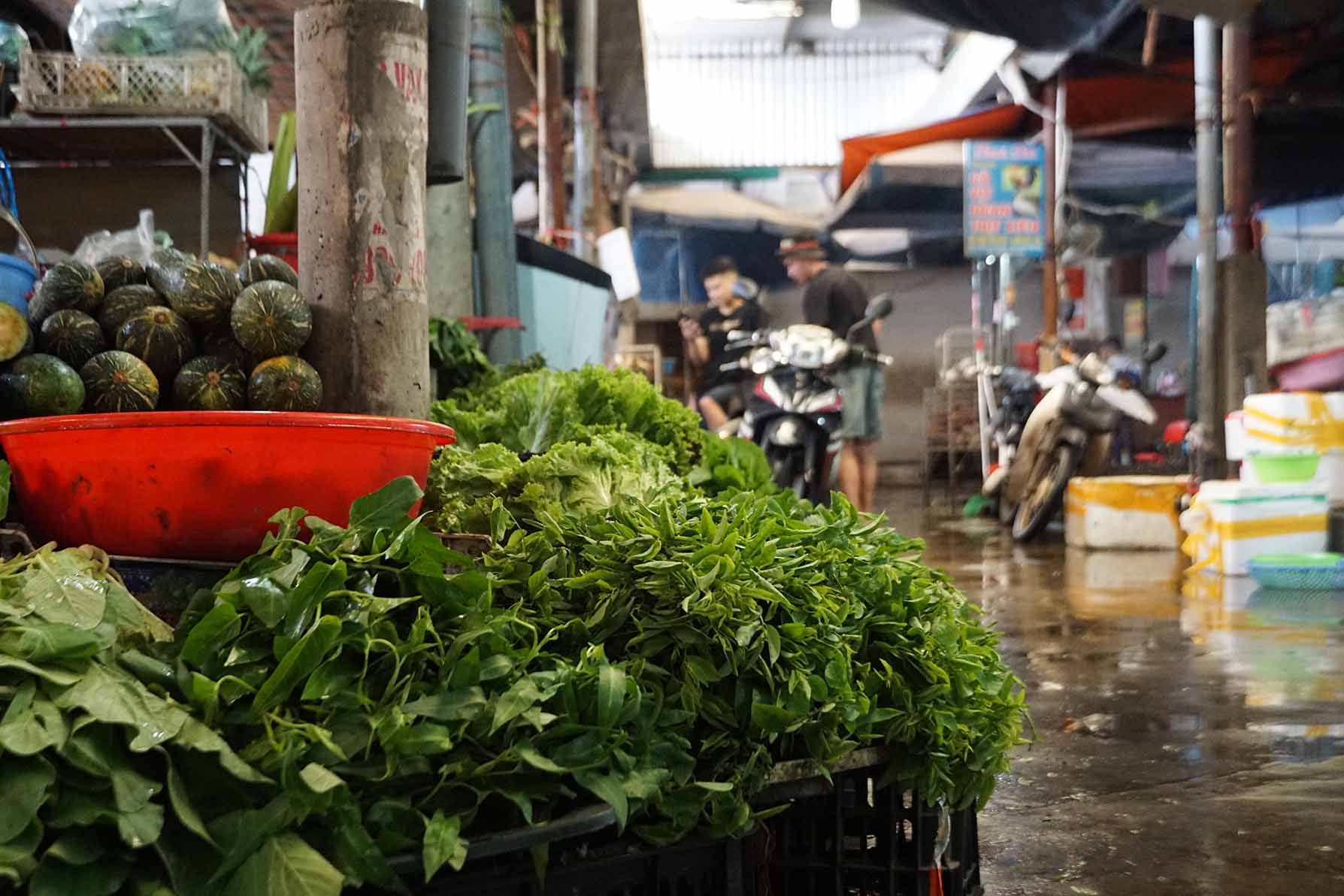
Workers' market traders: "High price, few buyers, and few sellers"
If workers are miserable because of increased spending, then traders in the markets around the industrial park are also "selling without buying".
At Mun market, located next to Thang Long Industrial Park, the business scene these days is deserted. Ms. Nga, a fish trader for more than 10 years, shared: "Import prices are increasing every day. Pork, vegetables, and eggs are all 1.5 times more expensive than before the storm. I have to increase the selling price, but the workers do not buy. Now each person only buys a few bunches of meat, or switches to cheaper items such as tofu, roasted peanuts, dried fish. I love them when I sell them."
According to Ms. Nga, the market is only slightly more crowded during the working hours, and most of the rest of the time is sparse. "The goods were out of stock at 7-8 am before noon. Many people in the market have to close temporary stalls because of losses and not having enough electricity and water bills."
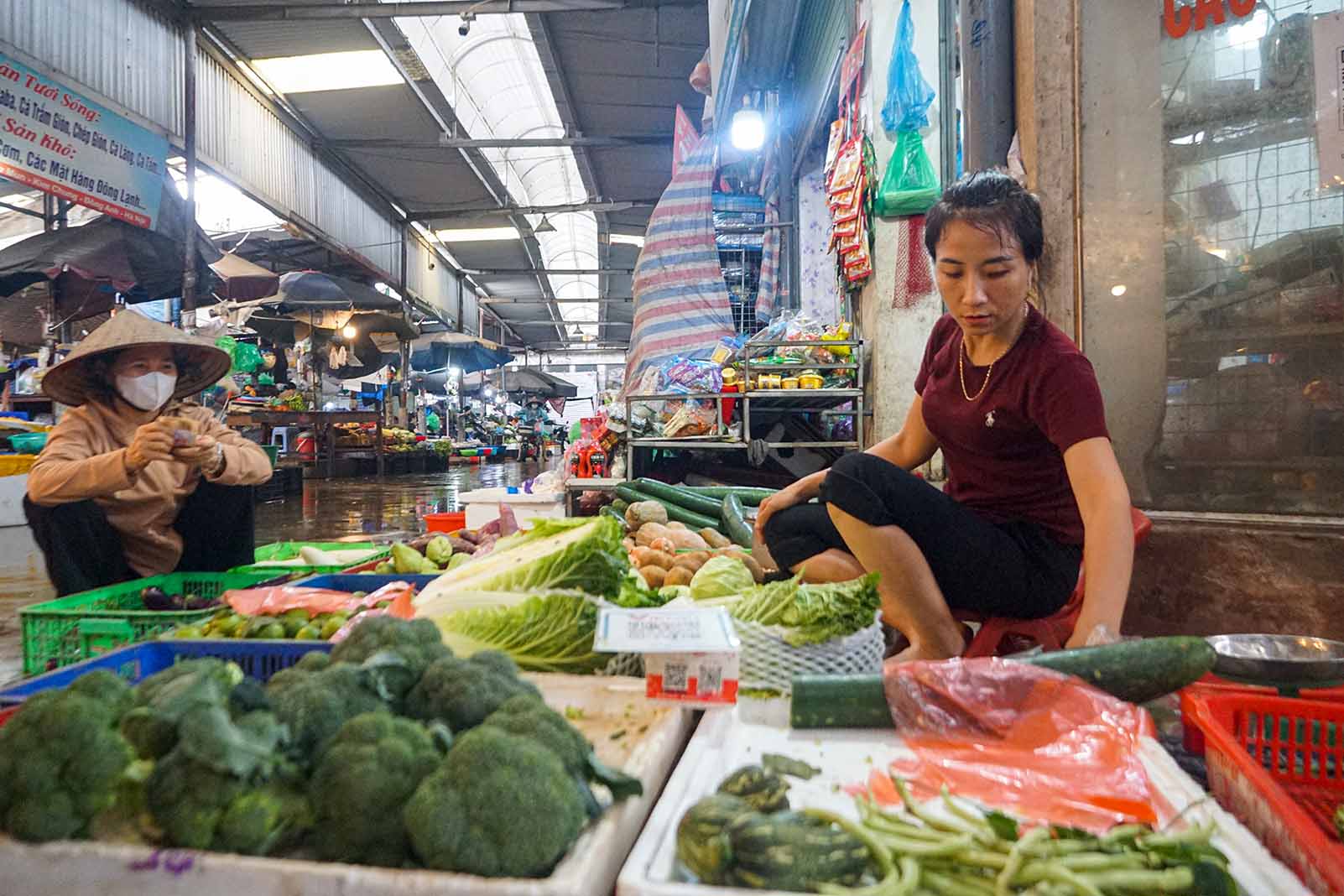
Traders said that not only expensive goods but also transportation and storage costs have increased after the storm. Gasoline, ice, and packaging all increased in price, making profits increasingly thin. "Workers reduce buying, we reduce selling, but the rental price remains the same. Many people have to borrow money to survive," a trader lamented.
According to data from the Statistics Office (Ministry of Finance), the average consumer price index (CPI) in the first 6 months of the year increased by 3.27% over the same period last year, higher than the average of the period 2015-2024 of 2.81%. Average retail electricity prices increased by 4.8%, prices of many essential goods such as meat, milk, cooking oil, spices, etc. were adjusted to increase, causing monthly living expenses to increase significantly
This price increase directly affects low-income earners, especially industrial park workers, who spend most of their income on food and housing. When prices of essential food and services increase faster than wages, workers are forced to cut spending, narrow the quality of meals and limit entertainment and shopping needs.



